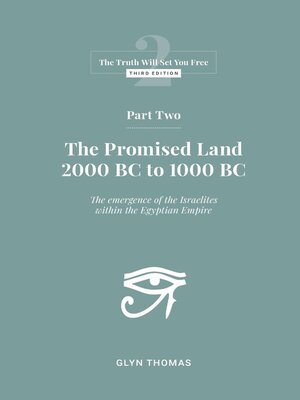
Sign up to save your library
With an OverDrive account, you can save your favorite libraries for at-a-glance information about availability. Find out more about OverDrive accounts.
Find this title in Libby, the library reading app by OverDrive.



Search for a digital library with this title
Title found at these libraries:
| Library Name | Distance |
|---|---|
| Loading... |
The advent of printing in the 15th Century allowed common usage of the Bible, establishing its authority as the sole record of ancient history without competition from other sources for over 4 centuries. It was only in the 19th Century that we rediscovered how to understand ancient cuneiform and hieroglyphic texts from the Mesopotamian and Egyptian civilisations. Gradually, translations of ancient original texts dating back up to 5000 years, far earlier than any fragments of the Old Testament, revealed the muddled record of history contained in the Bible. This is hardly surprising as Hebrew writing emerged only to 1000BC, when adopting the Phoenician alphabet.
Perhaps surprisingly, even texts from the Monarchical period (1000BC to 597BC) generally appear to have been written, or at least heavily redacted, hundreds of years after the events recorded. Indeed, the bulk of the Old Testament scripture uses language and references clearly dating authorship to the time of the Exile (597BC to 538BC) or later.
When the priests in Babylon tried to craft the national foundation story from ancient oral traditions, they only had a hazy understanding of history and lacked any method of verification. In the Bible, the Exodus follows slavery under the Egyptians, but research for this book points to an Expulsion, followed later, by slavery under Egyptian rule.







